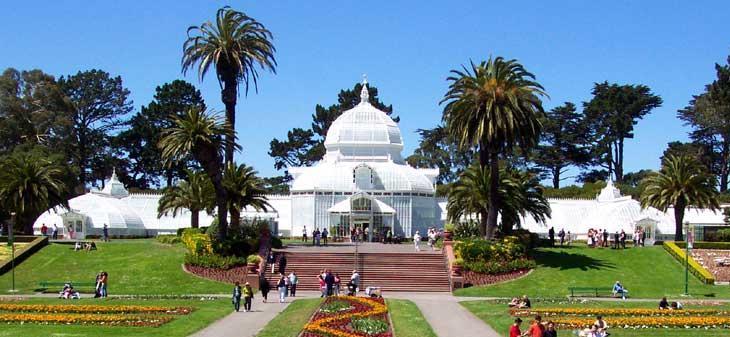
I've had a long personal struggle about form vs. function, aesthetics vs. functionality. Which one is better, IS one better? Is surface design superfluous? What constitutes pure design? Those questions are geared for when I've attained more wisdom and experience within the design community.
However, I've recently come across a coffee table that is just too functionally efficient and aesthetically pleasing not to discuss. It's just cool.
Meet the expandable coffee tables from Sculrtures Jeux.
The idea of the expandable table has always been looming within furniture design, as designers and builders aim to create things more suitable for the urban population (who most likely lives in a teeny-tiny overpriced apartment)
Problem: SPACE (or...lack thereof...)
Solution: Stack the space into layers.
*Unique Quirk: These layers have been arranged so you can create the table you want for the environment you seek at the time. Need to eat dinner as well (Asian style seating)? Pull out the layers from the four sides and have four instant places.
Just need an extension to rest your feet on? Done in three seconds, and it still looks sleek as ever.
The part that is the real kicker? This company has thought of many design variations of style and color that still accommodate the main functions of the furniture piece. From elegantly stained pieces to wild and lacquered, they have reached to many aesthetic tastes all in hope of selling their product. While all may not enjoy the purely geometric forms of the table, it is clear that they have made stylistic differences within a modern schema.
That's just good design and strategy.
And some more eye candy...














